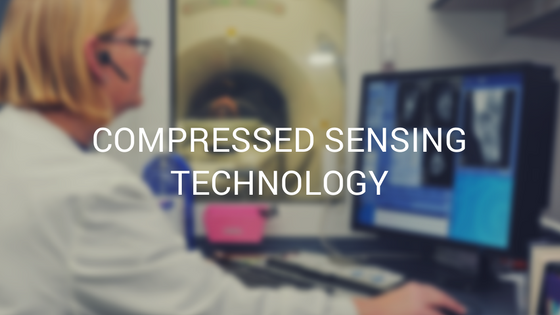Magnetic resonance image scanning (or MRI) can be quite an ordeal for patients having to undergo this medical technique, as many models require an individual to lie still for up to an hour. However, two professors at Rice University have developed a new form of technology that could become a staple in hospitals and doctors offices across the world.
Richard Baraniuk, the university’s Victor E. Cameron Professor of Electrical and Computer Engineering, alongside his associate professor Kevin Kelly have come up with what is known as “compressed sensing” technology. MRI scanners that are equipped with this groundbreaking innovation operate at a much faster rate while retaining the same high-quality diagnostics as traditional MRI scanning. This has been a puzzling issue for years now, and Baraniuk and Kelly may have finally found the answer.
For example, patients undergoing image scanning of their hearts originally had to lie still for four or five minutes, holding their breath in intervals throughout. With compressed sensing technology, images of a beating heart can be scanned in under 30 seconds while patients breath normally. While this is certainly a large step in the right direction for medical technology, this new machinery has yet to be implemented across all MRI platforms, though it does have the potential to do so.
MRIs of the abdomen are often very challenging, as results can be difficult to obtain in patients that may have trouble breathing, or trouble lying still, i.e. children. Because of how much time standard scanning methods require an individual to lie still, receiving a full, clear scan is tricky. Compressed sensing could effectively combat this issue by cutting the amount of data needed in half. This could mean pediatric patients only having to lie still for less than a minute, and patients with breathing issues being able to breath at a rate they are comfortable with.
With that said, perhaps the biggest benefit that Baraniuk and Kelly’s invention provides is the significantly smaller amount of data required to receive the same amount of useful information. Their idea spawned from their initial research into compressed imaging, which led to the first ever single-pixel camera in 2006. These new scanners were introduced last year by Siemens Healthcare, who also licensed the product.
The two Rice professors are hopeful that their breakthrough invention can become useful for many areas outside of MRIs, such as fields like nonlinear optical microscopy, of which Kelly is currently studying. The possibilities seem endless at this point. With compressed sensing technology most likely becoming a popular scanning method throughout the world in the coming years, traditional MRIs may become a thing of the past.

